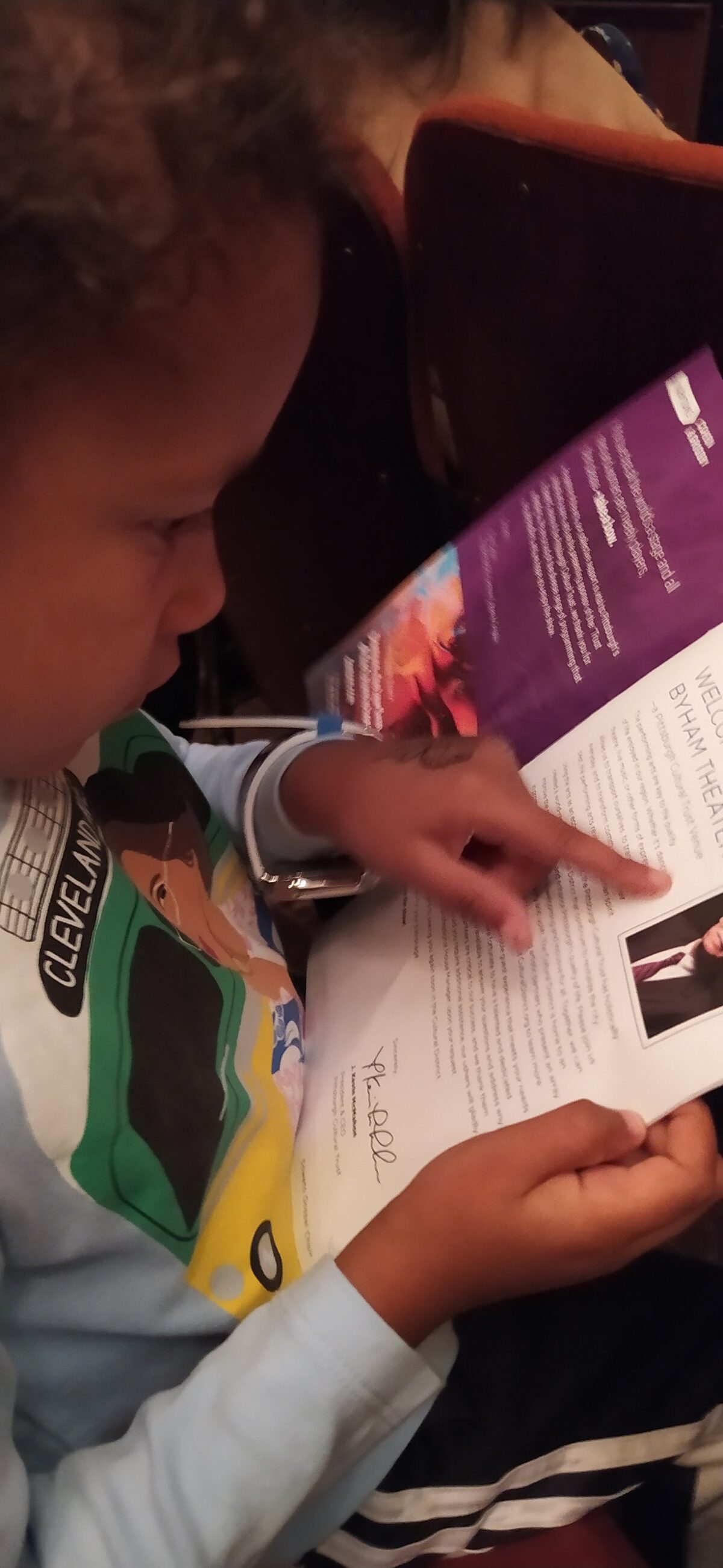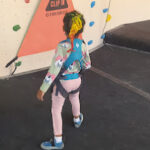Reading for Young Kids: How I Taught My Four Year Old

Imagine your child being able to read. Picture the sense of accomplishment and pride they will feel when they can read anything they want. You can help make this happen by teaching them how to read early.
It’s easier than you may think. You don’t need a degree in education, and you don’t need to spend a lot of money on materials. All you need is a willingness to learn, some time, and a few simple resources.
I’ll show you how to teach your child to read at home, using simple techniques that work for kids of all ages. We’ll also share some helpful tips to keep them motivated and on track.

What Age Should a Child Start Reading
There’s no one answer to this question since every child is different. But according to the National Education Association, children can start to learn to read as early as age four.
That’s why I decided to start teaching my four year old daughter how to read. I wanted to give her a head start, and I also thought it would be fun for us to do together.
It was definitely a lot of work, but it was worth it. My daughter is now able to read simple books on her own, and she loves it.
The Basics of Phonics and Letter Recognition
Now, let’s talk about the basics of phonics and letter recognition. Phonics teaches children the relationship between sounds and letters. Letter recognition simply means teaching children to identify letters.
When you teach your child phonics and letter recognition, you’re laying a strong foundation for reading success. Phonics teaches children how to sound out words, while letter recognition helps them learn the alphabet and begin to put sounds together to form words.
There are a variety of ways to teach phonics and letter recognition, and it’s important to find one that works best for your child. Some parents prefer phonics programs that use flashcards or worksheets, while others prefer teaching their child through songs and stories.
Why Sight Words Are Important
Sight words are important because they are the building blocks of reading. When kids learn to read using sight words, they are able to quickly sound out words and read them with fluency.
That’s why I taught my four year old son to read using sight words. We started with the most common sight words, and then gradually worked our way up to more difficult words. I would read the word out loud, and then he would repeat it after me. We would practice these words every day until he had them mastered.
The best part was that he was able to read books on his own in no time. He loved being able to read to me, and he was so proud of himself when he was able to read a book all by himself. Sight words are the key to reading success, and every parent should teach their child how to use them.
Building the Habit With Fun Activities

At this point, you want to make sure your child is forming a habit of reading. To do this, we incorporated fun activities and games into our daily reading routine. My daughter would often pick out books she liked and we would read them together.
I found fun and creative ways to engage her and make it enjoyable. We would often sing nursery rhymes, act out the stories, or match the words to pictures. And when she was finally able to recognize all the letters, I made an alphabet book for her that had pictures for each letter and a little story about them.
I also used flashcards with various objects on them to quiz her on things like shapes, colors, animals and other concepts. This was a great way to get her excited about reading while also teaching her something new.
Once she started memorizing words, I began introducing simple stories with repetitive phrases that were easy for her to recall. We continued doing these activities every day, until she eventually started reading on her own!
How to Make It Rewarding
Making reading fun and rewarding for your child is a must. After each accomplishment, take the time to celebrate their progress by doing something special like having a picnic in the backyard or going out for ice cream. Rewards don’t always have to involve money or material things, they can also be experiences that allow your child to get excited about reading.
When your child is feeling discouraged, try and think of different ways to motivate them. Reading aloud can be an effective way for them to learn new words and you could also introduce games into the process, like playing word bingo or charades with sentences from the book. Letting them pick out the books they want to read and allowing them the freedom to read at their own pace can also make them feel more in control and encouraged at the same time.
Practice Makes Perfect: Reading Success Stories
It’s incredible how much your kids can learn when you commit to helping them. We knew that practice makes perfect, so we often encouraged our son to read by himself, before and after bedtime routines. He absolutely loved this, as it was a chance for him to show off his newfound reading and language skills.
You’d be surprised at the number of reading success stories that I have heard from others who tried the same approach with their young kids. It seems like the earlier they start reading, the easier it is for them to transition into more advanced texts and lessons down the line.
So if you’re considering teaching young children how to read, there’s definitely something to be said for providing them with plenty of practice and encouragement early on. You never know just how far your kid’s reading journey will take them!
You can start teaching your child to read as early as four years old. It’s important to find a method that works best for your child, and to be patient while they learn. Reading out loud to your child is a great way to help them learn, and by starting early you’ll help set them up for a lifetime of reading success.






